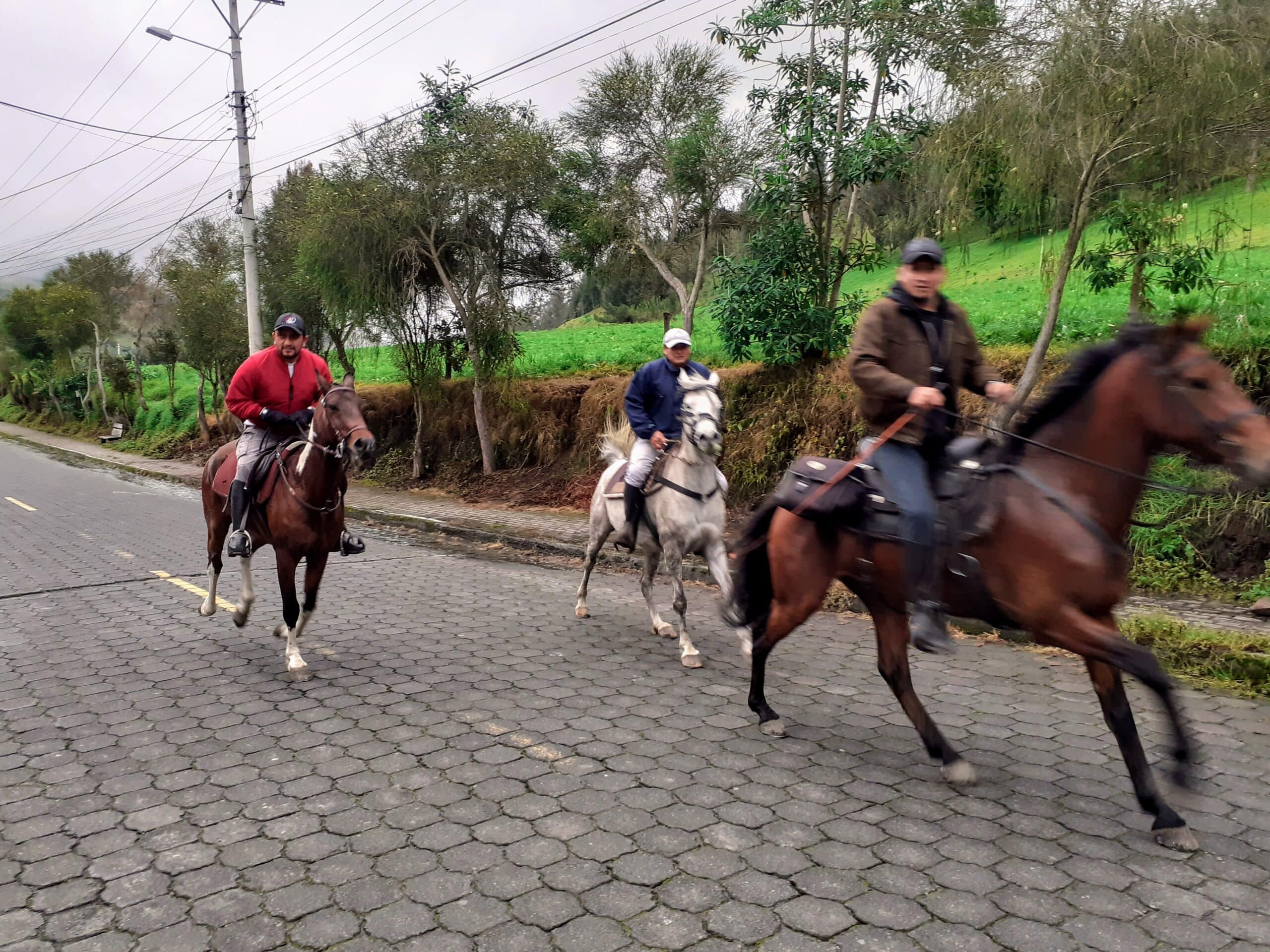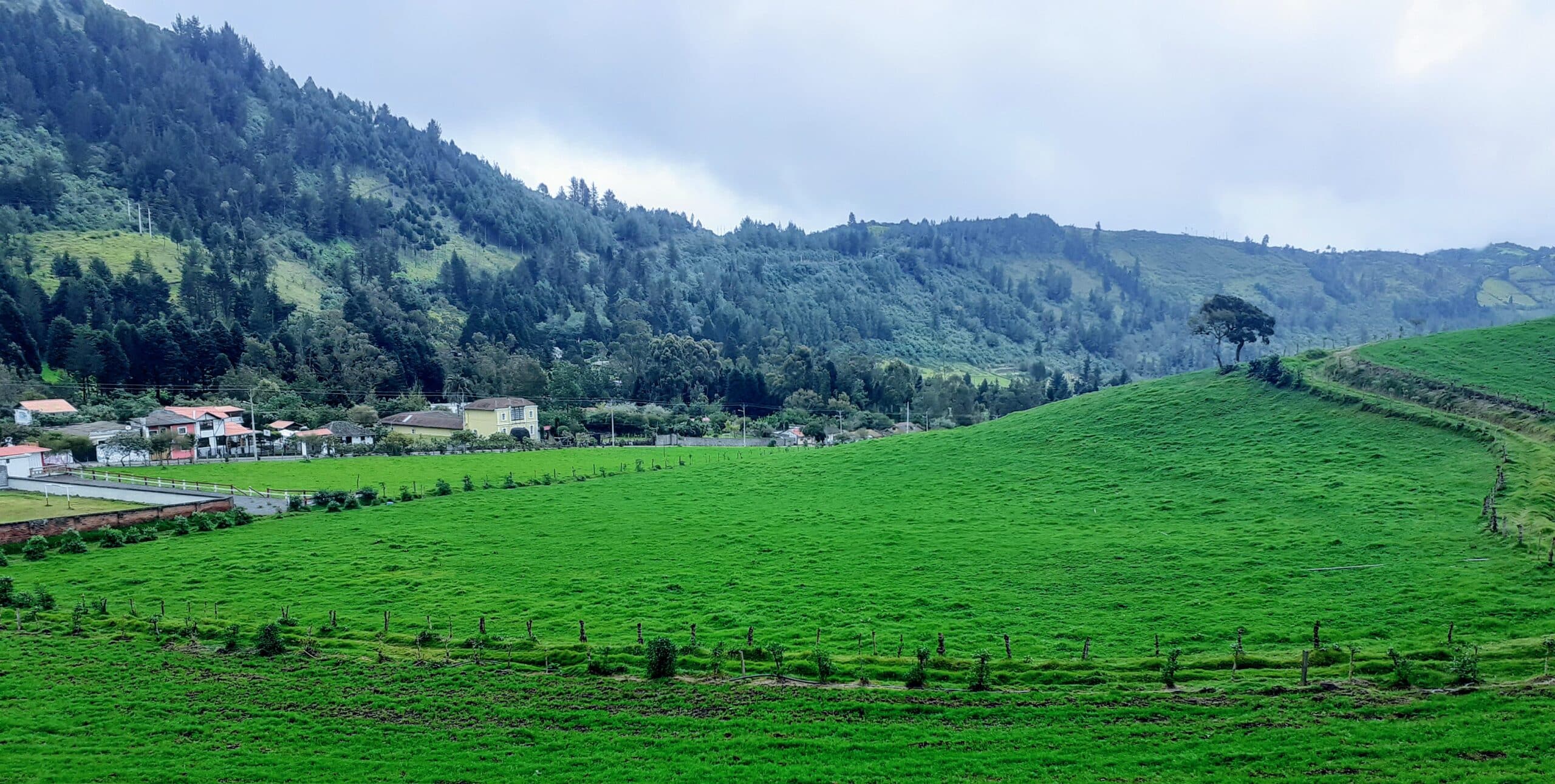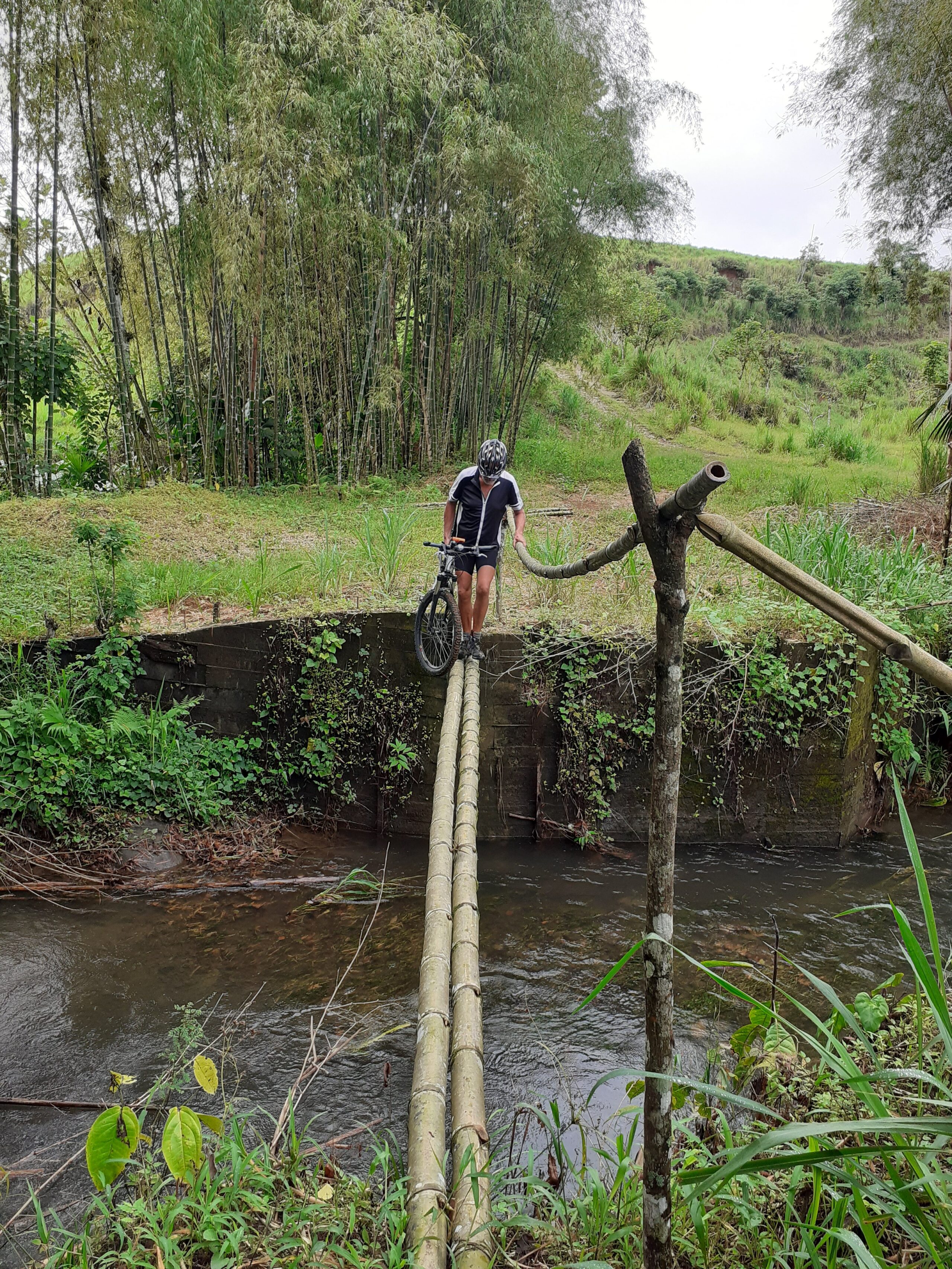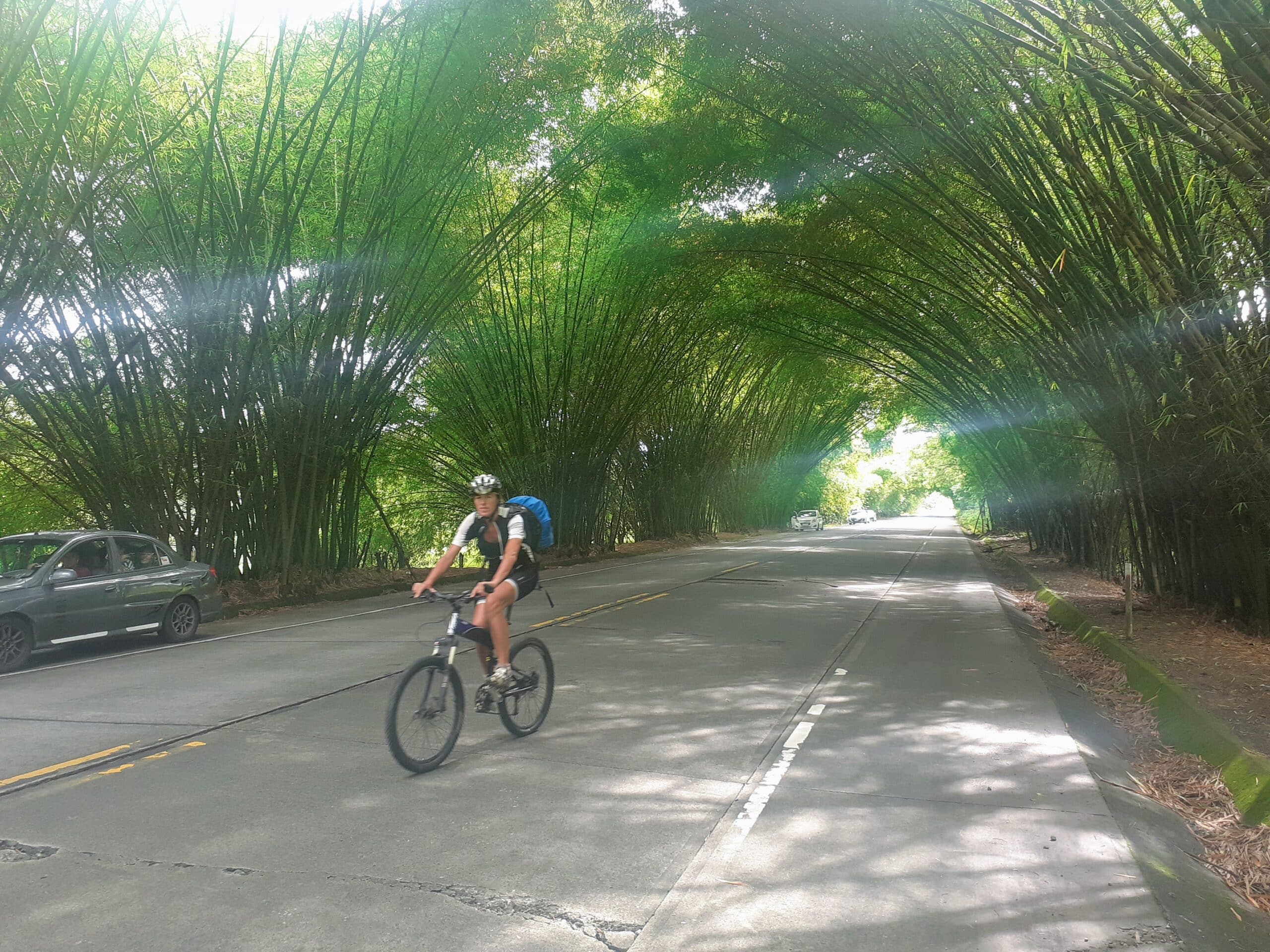Originally written at sea on 10. March 2020
Sometimes you see motivational posters saying something like
God, grant me the serenity to accept the things I cannot change,
courage to change the things I can,
and wisdom to know the difference.
That could have been written by a blue ocean sailor. We left Bahia in Ecuador three days ago heading for Easter Island. As soon as we cleared the sandbar we had the sails up and were heading west according to plan. We were continually reducing sail to keep the boat in control. That first day we covered over one hundred miles and Easter Island seemed just round the corner.
Then the wind dropped. First we set all the sails again then the Parasailor to milk the last miles out of the breeze. But eventually we were left drifting where the current took us – luckily onwards rather than back to Ecuador. Over the next two days we occasionally felt a breath of wind and tried various sails but nothing worked. The sails just flogged and added almost nothing to our speed.

But that is when “the peace to accept what you can’t change” comes in. We were stranded but it was warm and dry so life was good. Heidi sewed a bag she had been planning for cycle parts, Neill worked on his astral navigation and together we made pizza and cleaned stuff. We also enjoyed a swim in the beautiful clear, blue Pacific with the fish swimming under us.
Almost to the minute at the start of Day 4 the wind came in from the south so we set our full sails and set off again to whatever life brings next.























